Writer or Director: Who Makes Storyboards?
Storyboard Hero
JANUARY 8, 2024
Practical Considerations: They contribute to the practical aspects, deciding camera angles, shot compositions, and overall visual aesthetics to align with the cinematic vision. They work closely with storyboard artists, explaining things like how the camera should be and what the overall look should be.

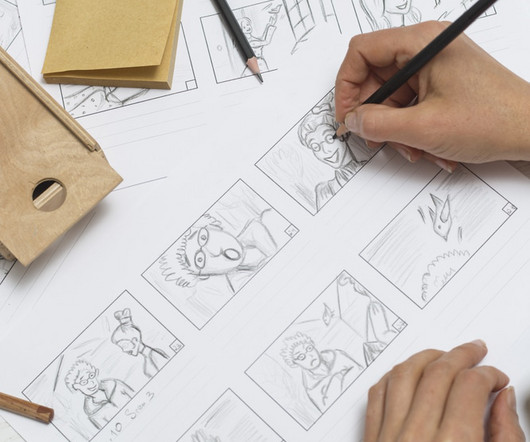
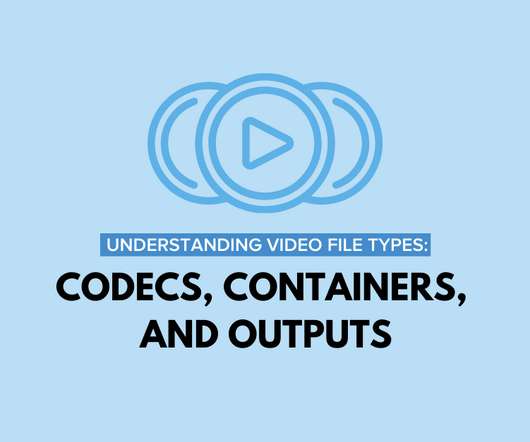






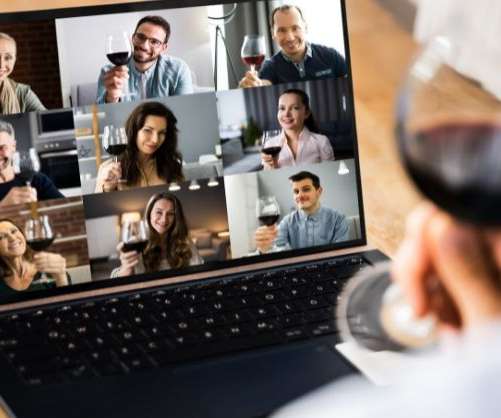
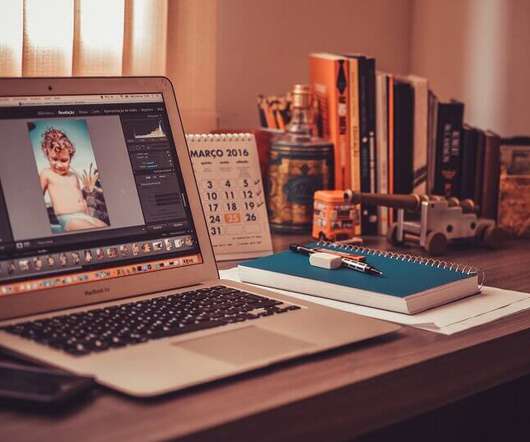


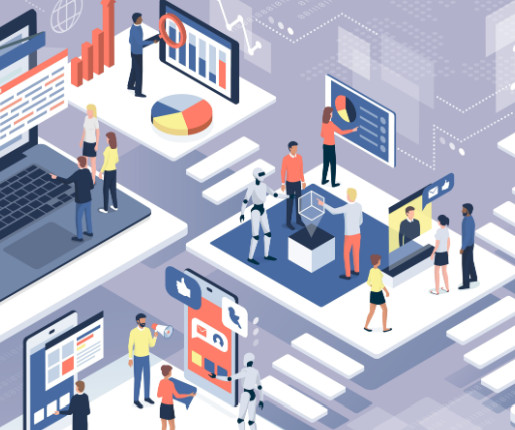





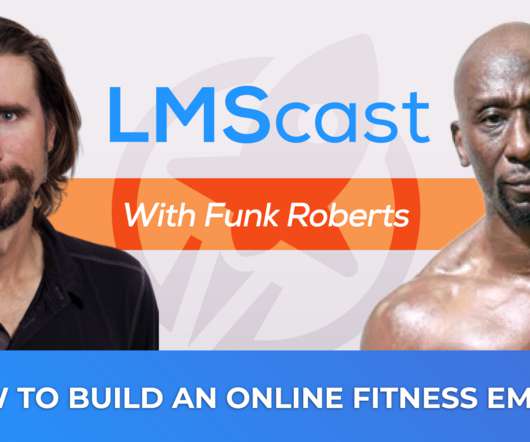












Let's personalize your content